
Aime Ontario Frasier once wrote, “Woodworking matters. It’s more than a pastime or hobby — being a woodworker means that you know the satisfaction and pride that comes from using your hands and mind to build beautiful, functional objects, and that you’re as interested in the process as the outcome. Amid the speed and chaos of the modern world, woodworking gives us a place where we can slow down, pay attention, and take the time to do things right.”
The ability to make something with your own hands is a mark of liberation. Repairing something without the need to hire a carpenter, or renovating without having to pay outlandish contractor fees, makes someone who was just a consumer into a producer. The art of creation elevates the ordinary to the extraordinary. It makes you a member of the exclusive fraternity of people who can transform an idea into something tangible, useful, and immediately valuable.
For those newly embracing woodworking at the beginner level, this is an exciting time. It is also a time fraught with obstacles – especially when it comes to obtaining your first set of tools. Do you really need the fancy impact drill? Can you get by with a disc sander, or must you buy the belt sander as well? How many hammers are too many? This guide will point out the must-have tools for any do-it-yourselfer’s first workshop.
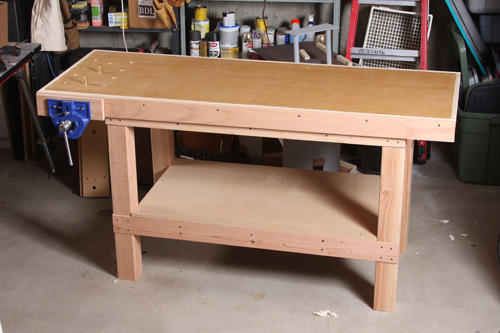
Source :(Fine WoodWorking)
-
A bench. The very first question a novice woodworker should ask is, “where am I going to do my work?” When buying a bench and setting up your space, ask yourself, is it easily accessible and large enough to accommodate the projects you plan to work on? Is it stable and sturdy enough for your needs? Is it within reach of the necessary electrical outlets? Is it near a ready ventilation source? Will it stand up to an overzealous cut from a power saw or a misplaced drill hole? A good bench should be heavy, solidly anchored to the floor or a wall with no noticeable wiggling or swaying, and large enough to accommodate your intended projects, with room to spare for sawing and drilling. A work bench need not be fancy – an old metal office desk would work – but it does need to be placed in an area near a ventilation source like a window, near where you will keep your tools and supplies, and away from children, pets, and anyone or anything that could be hurt by the woodworking tools and the sawdust.
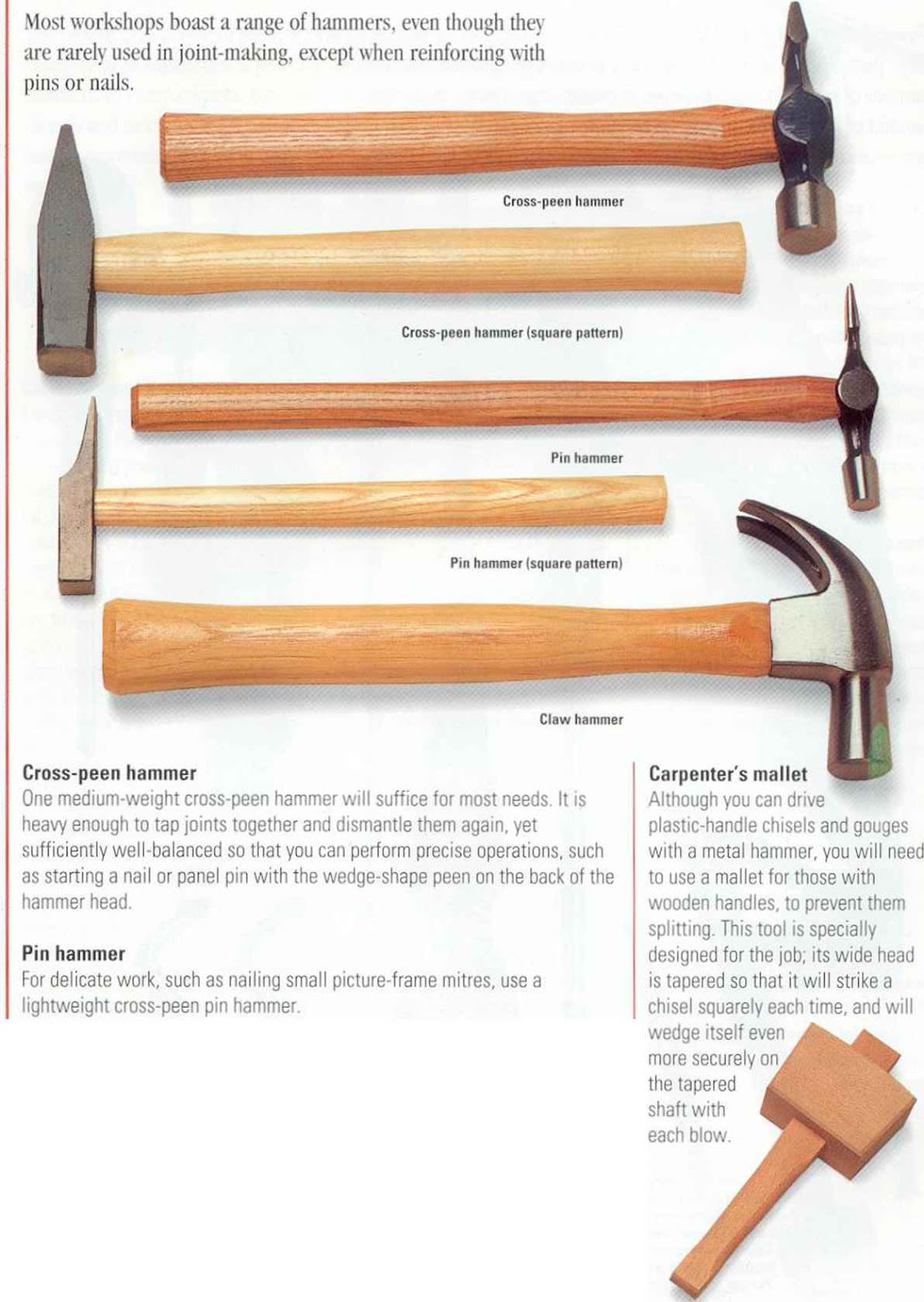
Source: (Woodworking Archive)
-
Hammers. The hammer will be your most-used tool. You should have at least three: a metal, long-handled claw or driving hammer (a carpenter’s hammer); a wooden mallet; and a small sledgehammer or drilling hammer. It is important to use the right tool for the right reasons in the right way. Apart from causing potential safety hazards, using tools inappropriately will damage both your tools and the project you are working on. Using a carpenter’s hammer to chisel, for example, may damage the handle of the chisel, while using it to force together a tongue-and-groove joint may leave unsightly hammer marks on the wood.

Source: (Popular Woodworking Magazine)
-
Tape measure. You should use a tape measure 1/16 of an inch in width or smaller. In terms of length, 12 feet should be sufficient for most DIY jobs, 25 feet for room measurements. Choose tape measures with easy locking mechanisms.
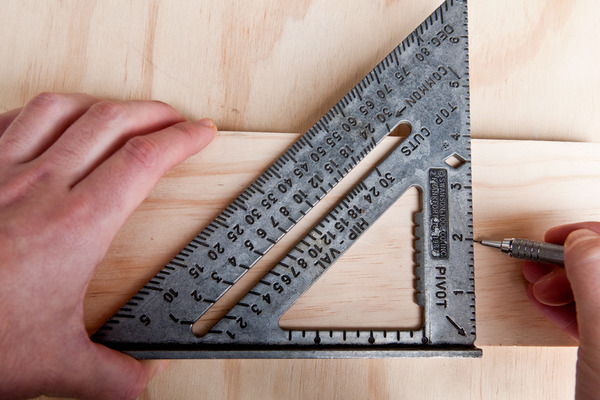
Source: (ManMade)
-
Speed square. Ninety degree angles are important in carpentry. A solid speed square will make marking perpendicular cut lines easy. Having a speed square that can be adjusted for 45 degrees is even better. Look for one with a long, straight edge for long cuts (this can also be achieved with a good-quality meter-long metal ruler).
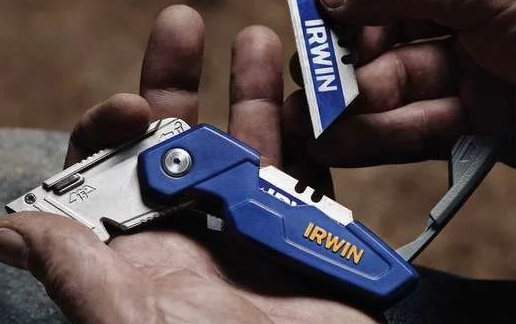
Source: (Bob Vila)
-
Utility knife. You will run into things that should not be cut with a saw, such as cardboard, paper templates, and packaging. A reliable utility knife is a lifesaver, as are a good, sharp pair of scissors.

Source: (Handyman Tips)
-
Clamps. To borrow a phrase from a DIY inspiration, clamps are a good thing. Clamps not only secure projects to your bench, but also serve as another set of hands for drilling, gluing, and project setup. You will need a lot of sizes and varieties of clamps, but to start, make sure to buy a few spring and bar clamps of differing sizes. Because plastic warps and breaks under stress, insist on metal or wooden clamps.
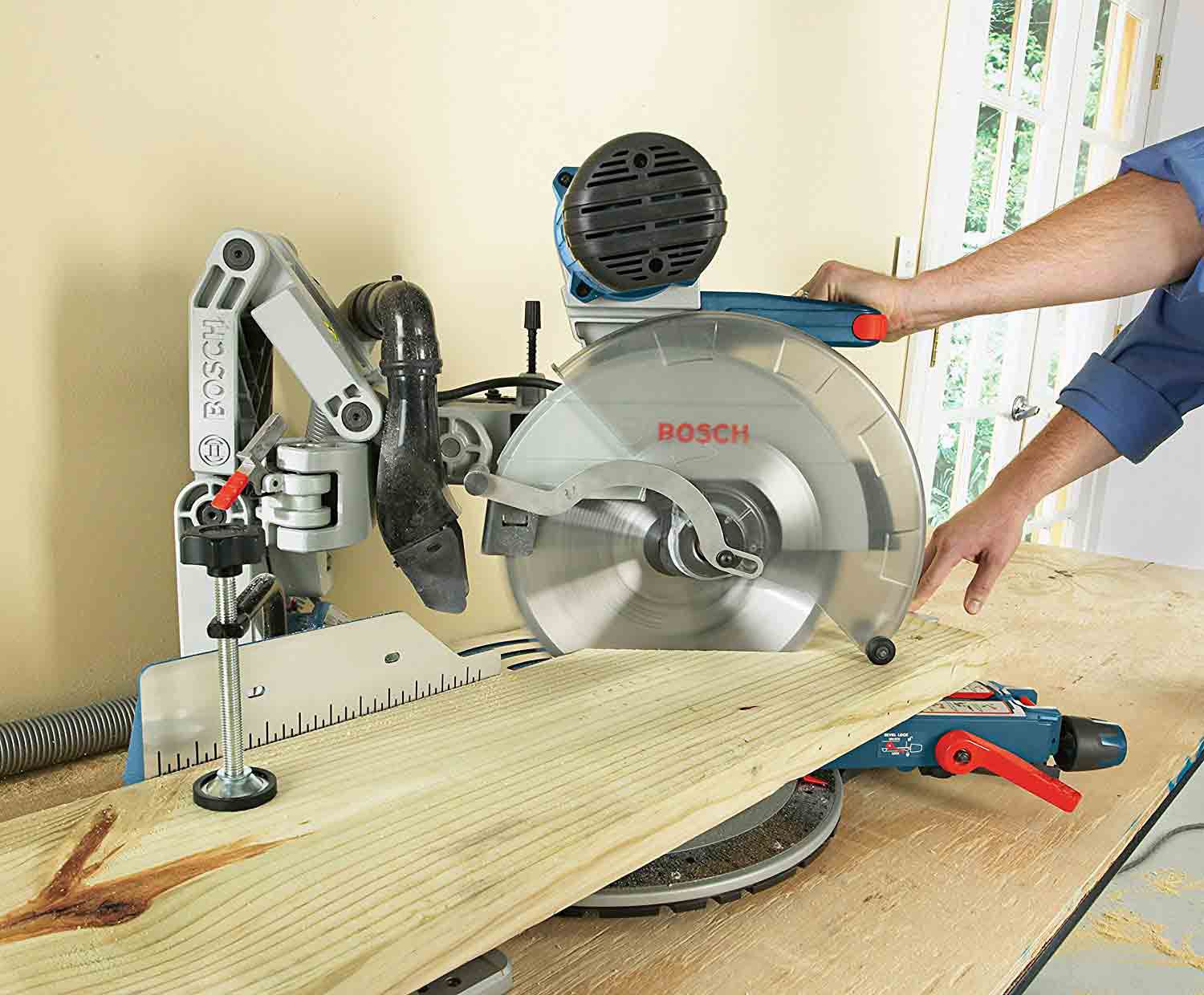
Source: (The Spruce)
-
A saw. You do not need a power saw. There is a fine tradition of woodworkers producing quality woodwork without the need for electrical tools. A cross-rip hand saw will suffice nicely, as well as a jigsaw and a coping saw for detailed work and curves. If you feel the need for power tools, a circular saw is good for rough dimensioning, or, if your budget can manage it, a table saw, Even if you go this route, however, a good set of hand saws will still be indispensable.

Source: (Fine Woodworking Magazine)
-
A power drill and assorted bits.
-
A router with assorted bits. You will need this for finishing and carpentry joining.
-
Screwdrivers. You should have Phillips-head (cross-head), and flat-head (slotted) screwdrivers of different screw-head sizes, as well as an Allen wrench key set.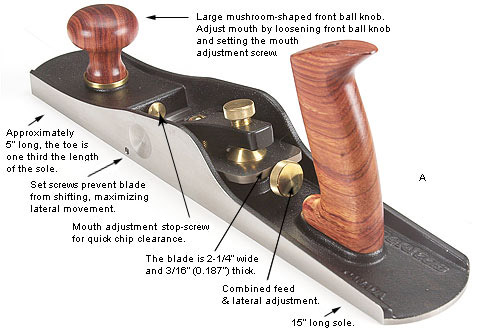
Source: (Jim Davey)
-
A plane. A plane is needed to quickly smooth and flatten your lumber stock for carpentry. A power planer is not needed unless you intend to use reclaimed or irregular lumber. You should consider getting a smoothing plane and a blocking plane.
-
Wood chisels. You should never use a screwdriver to chisel wood. Doing so could break the screwdriver and cause injury to yourself and others.
Source: (Canadian Woodworking)
-
Rasps, files, and a handheld orbital sander, at a minimum. The finish of a project is just as important as its construction. Also consider keeping an assortment of sandpaper by grade, a belt sander, and steel wool on hand.
-
Awls, markers, pencils, and other marking implements.
-
Safety equipment. It is important that you have access to goggles and a respirator or mouth mask when dealing with sawdust. You should also get into the habit of wearing goggles and a heavy apron when woodworking, and gloves when handling unsanded lumber or chemicals. Your health and well-being should always come first.
-
Cleaning supplies, safe storage areas for lumber and tools, and demarcation signs indicating the presence of woodworking equipment.
-
A friend. There will be situations where another set of hands will be extremely useful. Having someone available to help can be a lifesaver. Also keep a cellphone within reach in case of emergencies.
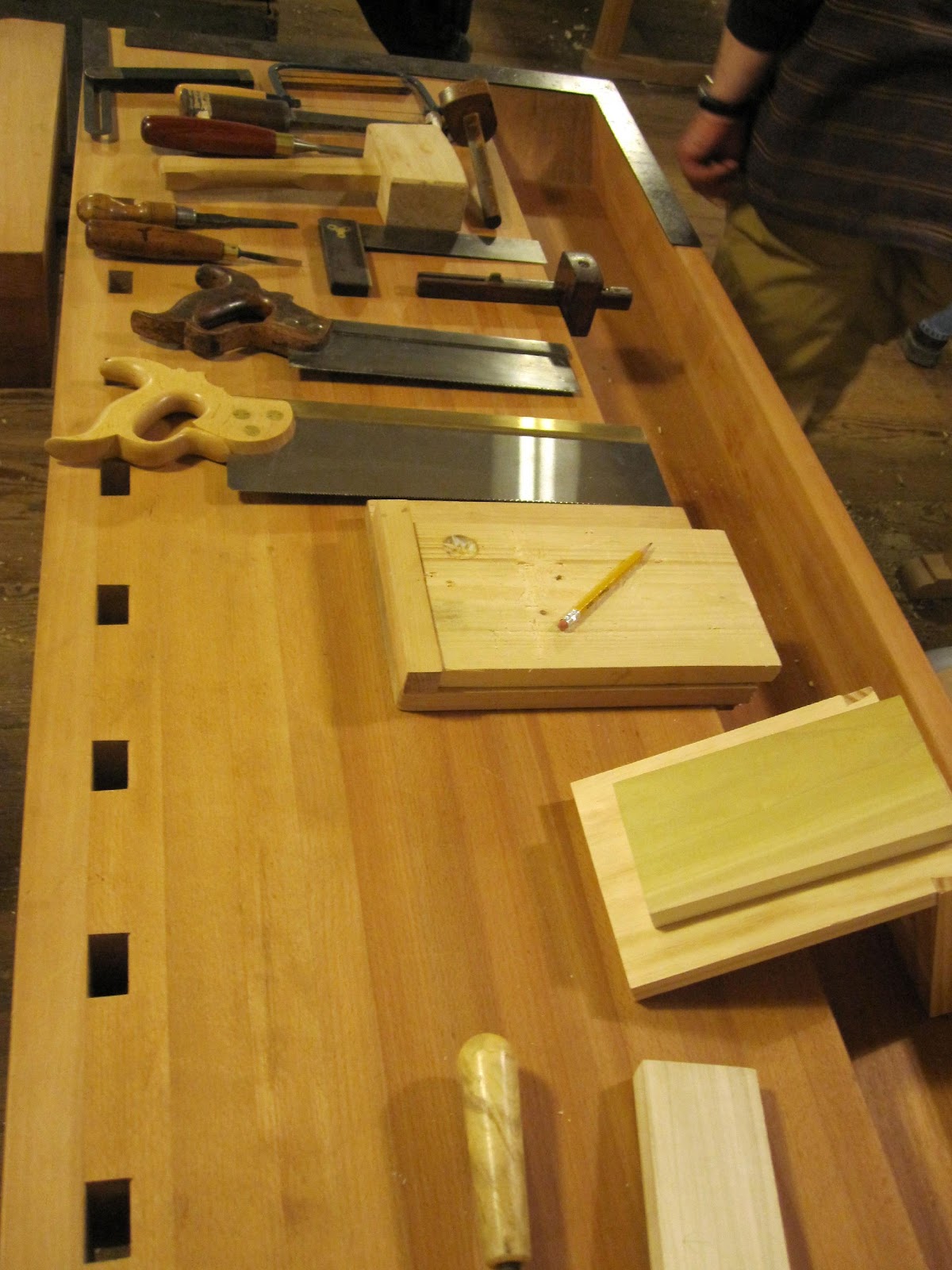
(Courtesy: Wikimedia)
This is far from a complete list of tools you will find useful throughout your woodworking endeavors, but it is enough to get you started. Woodworking is a lifelong pursuit; having the right gear can help stave off unnecessary frustration and make this new hobby that much more enjoyable from the start. A good place one can find the items on this list is OVIS. OVIS is a family-owned business that carries a broad line of quality products for the woodworking professional and hobbyist. Since 1989, OVIS’ sole goal has been the satisfaction of their customers – woodworkers seeking to produce something exceptional.